The dynamics within family settings are always changing. The source of love that underlies each family unit remains the same as it has since the beginning of time. Even so, countless factors impact our relationships and the way this love is expressed. Due to the advent of the internet and the rise of social media and personal devices (not to mention many other shifts that our modern day world has undergone), our yearning for authentic relationships is growing. Exploring mindfulness exercises for kids and families might just be one of the key ways we can satisfy this yearning. As deepening our ability to be present with those we care for, it brings unconditional love and acceptance to the surface.

Dynamics Within Families
As parents and caregivers, it can be difficult to effectively and lovingly navigate the sometimes rough waters of family relationships. With many individual relationships happening within a family unit, finding harmony and balance isn’t always a walk in the park. Whether between parent and child, child and step-sibling, or step-parent and child, mindfulness exercises for families can be of great benefit. Helping us to see clearly what is really going on when tensions run high – and when things seem rather mundane.
Cultivating mindfulness in families begins with deepening our understanding of the factors that may make harmony seemingly hard to maintain. Some of the factors that make familial relationships difficult are simply due to our being human. While, others are due to the modern day environment. Factors to consider, without judgment and without fear, are:
This list is certainly not exhaustive. It simply highlights just some of the pressures that children and parents are under in this modern world. Mindfulness exercises for kids and families can help us to dive into the root of these and other concerns. Enabling us to effectively communicate our experiences, fears, needs, and desires with those we love. As we cultivate these skills, we can together find empowered solutions for our difficulties and greater familial support.
Making Mindfulness Age-Appropriate
Mindfulness exercises for adults are different than those that we would introduce to children and teens. The techniques we explore as a family have to be age-appropriate and applicable to everyone in the group, especially for the children. As parents, we can explore mindfulness exercises for adults in our own time while also holding time and space to practice techniques and skills that our little (or not so little) ones might be more comfortable with.
Factors to consider when introducing mindfulness to children include:
Duration of exercises
Just as adult beginners require time to get used to the techniques and ideas covered in mindfulness activities. children and teens will be better off with short mindfulness exercises to start off. Naturally extend the length of time you explore these activities as your child becomes more comfortable. Use your intuition to guide you.
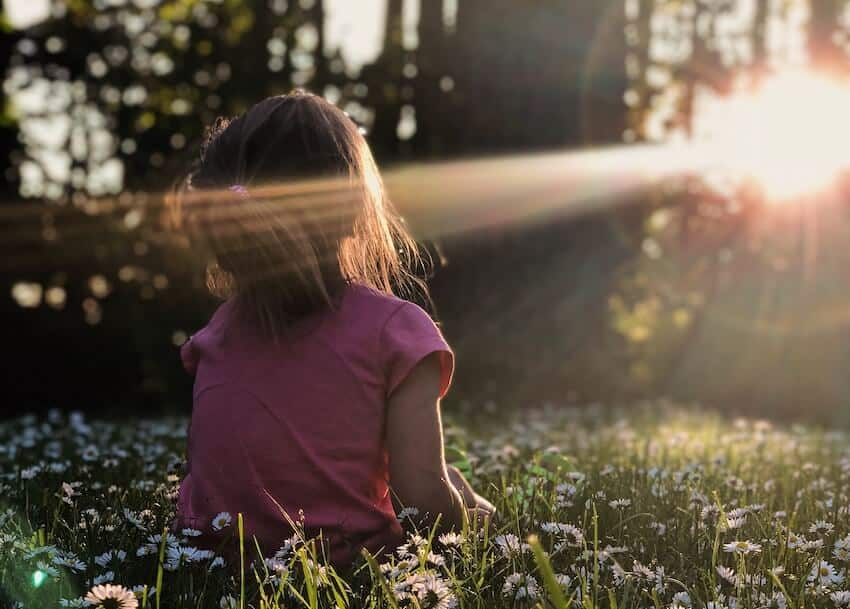
Language
Meditations and activities explored with children should include language that is tangible. While adults are better able to grasp abstract concepts given greater life experience. Youth will be more likely to understand activities that incorporate the breath, the five senses, visualization, and any more tangible concepts.
Engagement
Depending on your child’s age and abilities, more dynamic and engaging activities might be appropriate. For instance, young children may not be able to sit still or quietly. And even if they can, the purpose of traditional forms of mindfulness meditation may be lost on them. For younger kids, consider exploring activities that have them mindfully thinking about their outer and inner world. Use your imagination, incorporating drawing, writing, talking, and time spent exploring the natural world.
It goes without saying that teens and young adults will be more receptive to more adult or advanced techniques than children will, but these can still be explored slowly. As your children get older, more adult stressors will enter their lives, such as school demands, intimate relationships, and financial pressures. Be mindful of the unique stressors your adult-children are facing and explore techniques that may be applicable given their stage in life. For instance, mindfulness exercises for students might include simple breathing skills they can practice and use before exams.
Additionally, mindfulness of emotions can help older children to healthily and confidently explore the waves that shift alongside their hormones, friendships, and romantic relationships (among everything else that impacts our emotional landscape).
Improving Relationships
As we cultivate mindfulness within the family unit through the use of mindfulness exercises, our relationships improve through a variety of mechanisms. By enhancing our ability to be non-judgmentally present with what is within us and within those we care for. Mindfulness brings understanding, compassion, and acceptance of family members to the surface. Mindfulness:
Mindfulness does not mean that we will avoid confrontation or misunderstandings with family members. As humans, we are bound to see things differently from time to time. Mindfulness simply enhances our ability to find common ground amidst the perceived differences. To see that there is space to honor multiple needs and views at the same time. As we practice this new way being, it becomes easier to see where others are coming from and to express our needs and feelings in productive and healing ways.
3 Simple Mindfulness Activities for Families
There are a variety of ways we can incorporate mindfulness within the family unit. As discussed, the age of our children will impact the way we explore these powerful practices. Some simple activities we can consider include:
1. Gratitude-Giving Before Dinner
Going around the table before dinner to express gratitude is a powerful practice that enhances mindfulness of the abundance we have to be grateful for. Each family member can share one thing they are thankful for with a simple word or sentence – or with a more in-depth explanation as required. This practice can also spark meaningful conversation around the dinner table.
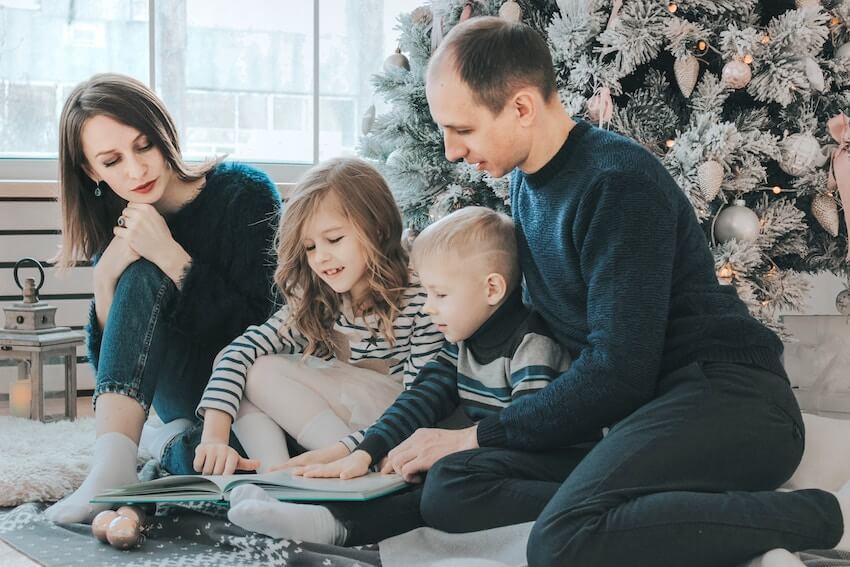
2. Sense Exploration
Particularly applicable with young children, sense exploration encourages kids to become more aware of their surroundings. This type of practice can be used to explore food. For instance, encouraging children to tune into all five senses as they take a bite of a piece of fruit or a cracker. It can also be explored. While out in nature, inviting children to tune into their sense of smell, touch, sound, sight, and taste (each where appropriate).
3. Emotion Exploration
Exploring emotions is a powerful practice that is useful for both children and adults (and those in-between). When emotions are strong, we can invite our children (and ourselves) to explore where these feelings are present in the physical body. And what they might be saying about who we are at present. Becoming inquisitive when emotions arise is a practice that will foster healthily relationships for children. Especially, as they grow up and as their relationships become more intimate and complex.
7 Mindfulness Exercises for Kids and Families
The way we explore mindfulness with our children and other family members will depend upon our unique family dynamics. The following seven mindfulness exercises are a great place to start. Choose what intuitively feels right for all family members. And, encourage feedback from all individual participants upon completion of whichever exercises you choose.

Is your child is struggling to fall asleep? This guided visualization can help them to focus their mind as they gently transition into a peaceful slumber. It can be used as a sleep tool or simply as an exercise to get them comfortable with visualizations and meditation.
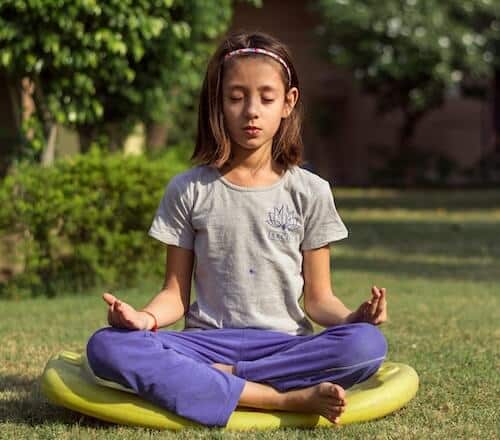
This free mindfulness meditation course for kids is a series of meditations and visualizations. They can help your child to become familiar with mindfulness techniques. Exploring breathing practices, loving kindness meditation, and more. This course will help you to discover which techniques work best for your unique child.

This mindfulness worksheet helps us to become more mindful of where we shut down on others. Encouraging us to compassionately and non-judgmentally become more aware of our inner landscape and our associated actions. This is a great mindfulness exercise for adults and for teenagers.

As teenagers and adults, we might fall into a pattern of ‘keeping score’ with others. As we become more mindful of any tendency we have to do this, we become more empowered to act and react in healthy ways when we perhaps feel a need is not being met or a judgment is being made. This exercise is great for enhancing our adult awareness of our own actions and reactions within relationships.
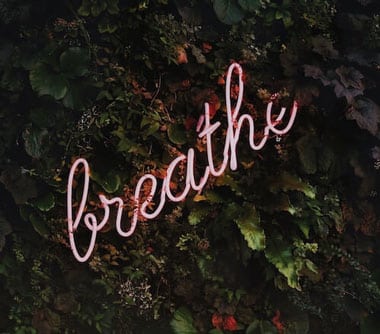
This short film is a beautiful introduction to mindfulness for kids. In the video, children open up about their understanding of emotions and about ways they have learned to relax when emotions run high. It’s a four-minute video that can act as a mindfulness conversation starter between adults and their young children.
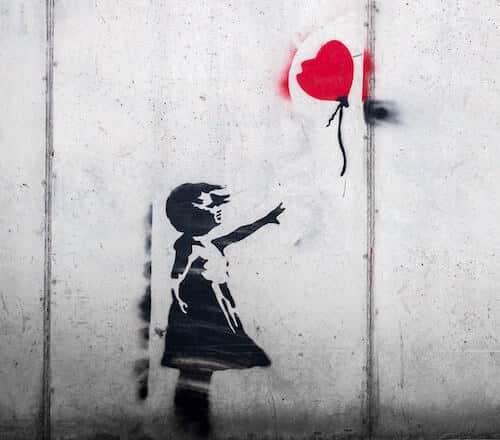
Many mindfulness explorations will be impromptu as life will throw curveballs when they’re least expected. As your children grow up, they will undoubtedly encounter difficult experiences, such as rejection, loss, and failure. This video introduces one way of understanding rejection. And can be a mindful topic of discussion as your children experience the inevitable growing pains of life.
Exploring mindfulness is a gift that continually gives, and the more it is practiced, the larger the family unit blooms together. By remaining compassionate, patient, and non-judgmental as you explore these exercises, the potential for familial unity and harmony will continue to open up.
If you’re looking for even more ways to practice mindfulness, our guide on teaching kids to meditate offers expert tips and activities designed to help children develop focus, calm, and resilience.


















